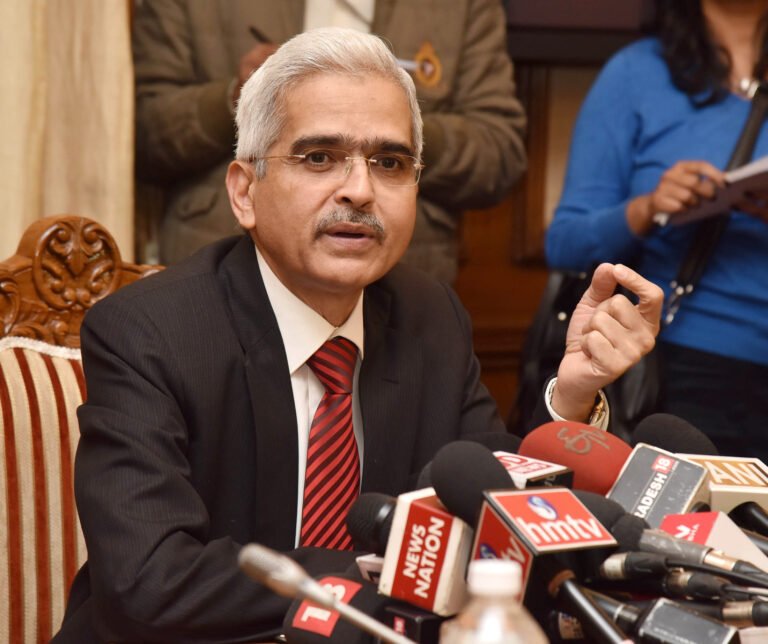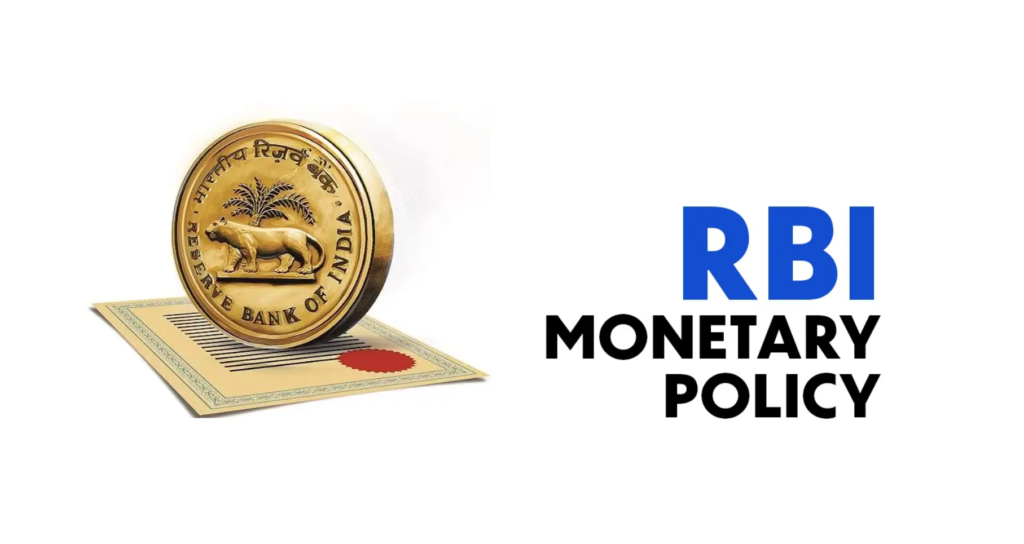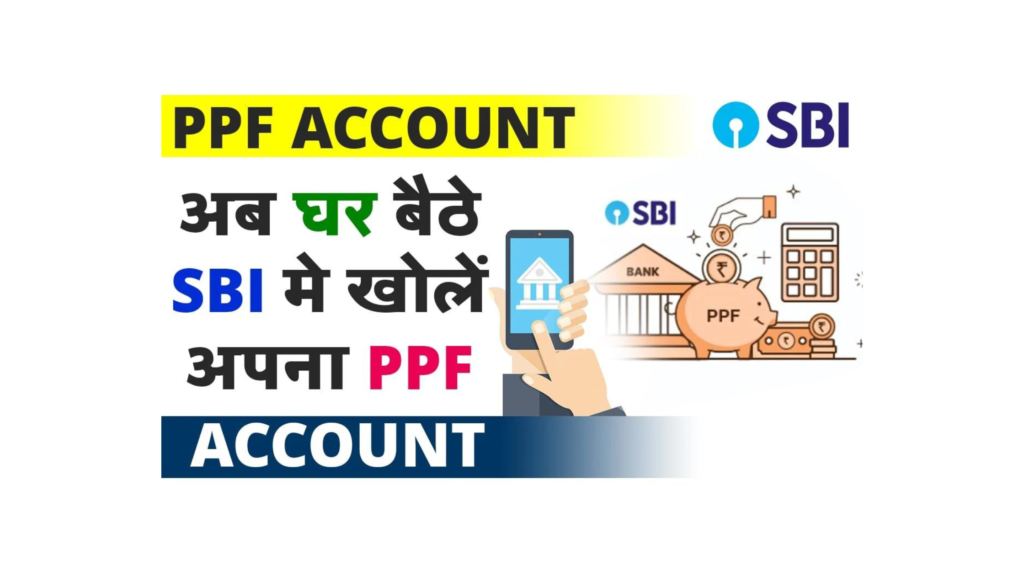On Friday, April 5, the Reserve Bank of India (RBI), led by Governor Shaktikanta Das, unveiled the most recent monetary policy developments. In this critical update, Governor Das confirmed that the RBI Monetary Policy for fiscal year 2024–25 would keep the key policy repo rate at 6.5 percent, which is consistent with past estimates.
This move continues a similar trend, with the RBI maintaining the repo rate constant for the seventh straight time. Furthermore, the central bank’s monetary policy framework now includes the removal of accommodation’s attitude.
Many experts and economists are unsurprised by the RBI’s decision to maintain the current policy rate and strategy, given India’s strong economic growth trajectory and continuing inflation concerns. Notably, the economy has chronic issues relating to food costs, which complicates the inflationary situation. Despite continuous efforts by the RBI, the goal of keeping inflation below the 4% barrier remains a priority in the RBI’s monetary policy framework.
Table of Contents
ToggleRBI monetary policy 2024
At its first bi-monthly committee meeting for FY24–25, the Reserve Bank of India (RBI) maintained the current fiscal year’s real GDP growth prediction of 7%.
The GDP growth target for Q1 FY25 was increased to 7.1% from 7.2%, while Q2 FY25 was updated to 6.9%, up from 6.8% previously. The growth rate for Q3 FY24 has remained constant at 7% from earlier projections. In the final quarter of the fiscal year, the RBI lowered the growth rate to 7% from 6.9%.

India’s GDP growth rate in the quarter ending December 2023 was 8.4%, far exceeding the RBI’s estimates. This reinforces India’s position as the world’s fastest-expanding major economy. According to the NSO’s second advanced estimate, India is expected to grow by 7.6% in FY24, up from 7.3% in FY23.
Governor Shaktikanta Das said, “India presents a different picture due to budget consolidation and quicker GDP growth. Domestic economic activity continues to rise at a rapid pace, aided by fixed investment and an improved global environment.
Let’s look at the five main highlights of the RBI MPC outcome:
No changes in rate
The RBI’s Monetary Policy Committee (MPC) voted 5:1 to leave benchmark interest rates steady at 6.5 percent.
As a result, the standing deposit facility (SDF) rate stays at 6.25 percent, while the marginal standing facility (MSF) rate and the bank rate remain at 6.75 percent.
“The MPC also decided by a majority of 5 out of 6 members to remain focused on the ‘withdrawal of accommodation’ to ensure that inflation progressively aligns with the target while supporting growth,” he added.
The growth forecast is solid
The RBI forecasts consumption will drive economic growth in 2024–25, with rural demand catching up while urban consumption remains strong.
“Going forward, the outlook for agriculture and rural activity appears bright, with a good rabi wheat crop and improved prospects for kharif crops due to the expected normal south-west monsoon,” he stated.
“Strengthening rural demand, improving employment conditions and informal sector activity, moderating inflationary pressures, and sustained momentum in the manufacturing and services sectors should boost private consumption,” he said.
The RBI expects India’s real GDP to expand by 7% in fiscal year 25. It reduced the Q1 FY25 GDP growth objective to 7.1% from the previously predicted 7.2%, while raising the Q2 FY25 GDP growth target to 6.9% from 6.8%. The Q3 FY25 GDP growth objective stays constant at 7%, while the Q4 FY25 GDP growth target has been boosted to 7% from 6.9% before.

CPI Inflation Forecast
The RBI emphasized that while inflation is lowering, the fight against it remains.
“When CPI inflation reached 7.8% in April 2022, the elephant in the room was inflation. “The elephant has now gone for a walk and appears to be returning to the forest,” Das explained.
“The success in the disinflation process so far should not distract us from the vulnerability of the inflation trajectory to the frequent incidence of supply-side shocks,” stated the central bank governor.
According to the RBI, food price uncertainty will continue to weigh on future inflation rates. However, it predicts that record rabi wheat production will help alleviate price pressures and refill the buffer supply. Furthermore, the early signs of a typical monsoon bode well for the kharif season.
Consumer Price Index-based inflation, or retail inflation, is expected to be 4.5% in FY25, with Q1 at 4.9%, Q2 at 3.8%, Q3 at 4.6%, and Q4 at 4.5%.
Also Read – How to save Money in your 20’s
Trading sovereign green bonds in the IFSC
The RBI Governor stated that a plan for investing and trading in these bonds in the International Financial Services Centre (IFSC) will be announced soon to enable greater non-resident participation in sovereign green bonds.
Review of the LCR framework on cards
The RBI suggests a review of the liquidity coverage ratio (LCR) framework and says a draft circular will be released soon for stakeholder feedback.
Governor Das stated in his address that there is a need to conduct a comprehensive assessment of the LCR framework for banks because technological advancements have enabled bank customers to rapidly withdraw or move money from their bank accounts, which may pose issues for banks.
Repo rate is constant
The Reserve Bank of India (RBI) maintained its benchmark interest rate (repo rate) at 6.5% after a three-day meeting. The RBI has decided to hold interest rates unchanged for the seventh time in a row.
Furthermore, the MPC, led by RBI Governor Shaktikanta Das, held the standing deposit facility and marginal standing facility rates steady at 6.25% and 6.75%, respectively.
“The MPC also decided by a majority of five out of six members to remain focused on the ‘Withdrawal of Accommodation’ to ensure that inflation progressively aligns with the target while supporting growth,” the governor of the RBI, Shaktikanta Das, stated.
The MPC’s decision to preserve the status quo was intended to correspond with the goal of meeting a 4% target for consumer price-based inflation (CPI).
According to previous SBI research, the RBI may only consider cutting interest rates in the third quarter of fiscal year 2025 (Q3FY25), as historical trends show that interest rates in emerging economies change with a two-month lag in response to rate changes in developed economies such as the United States and the United Kingdom.
However, SBI Research said that India deviates from this trend because the central bank’s rate decisions are not heavily influenced by rate fluctuations in industrialized economies.
You Can also Read – How to Earn Money Without Investing in 2024


